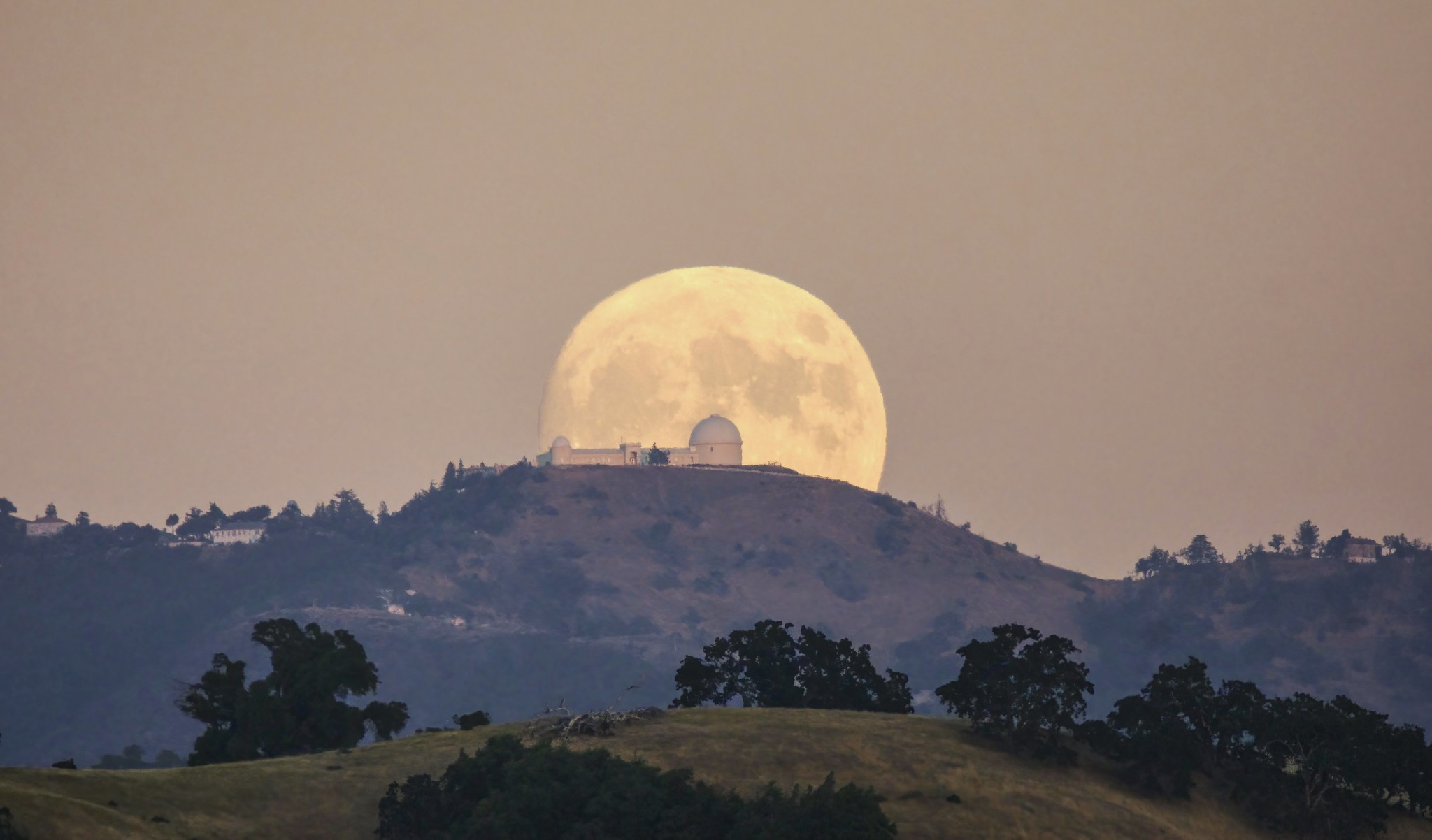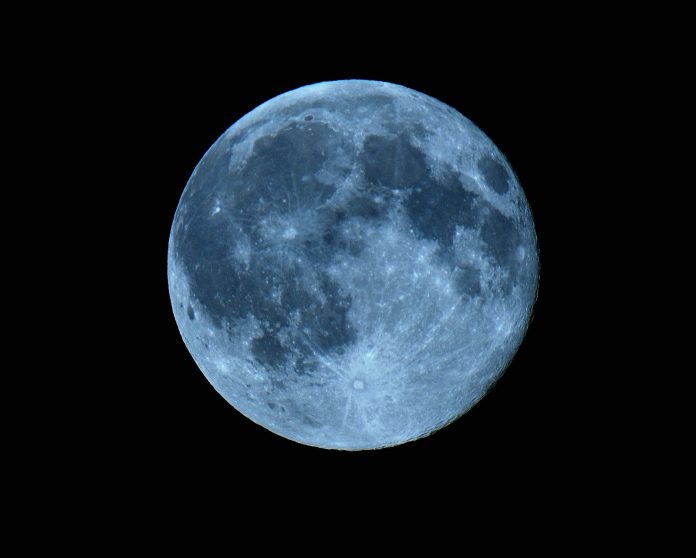Super Blue Moon explained by NASA: Latest Information on Space Science
For as long as mankind has existed, the sky has served as the greatest attraction ever, more so, events such as the super blue moon are more exhilarating. It is an exceptional occurrence since it occurs itself once in a blue moon and once in a supermoon, which is why it intrigues both astronomers and skyseers; the definition of a blue moon adds to the fascination of the super blue moon.
In this article, we will focus on the super blue moon, how often it happens, and what makes it gorgeous. We will also comment on the conditions of the observation including some historical context and future perspectives.
What is a Super Blue Moon?
A super blue moon is the occurrence of three events relative to the moon where a full moon, a supermoon, and a blue moon are all present. There are specific aspects of astronomy involved in each of these definitions:
- Full Moon: This is a specific phase of the lunar cycle new moon when the spherical body of the Moon faces impacts on the hemisphere which is situated on the Earth from the Sun, leading to the potential for a full moon in a season.
- Supermoon: This occurs when a full moon is nearly at perigee which is the point of the orbit of the moon nearest the Earth.
- Blue Moon: There are three types of blue moons; a monthly blue moon is defined as the second blue moon which occurs in a cycle of two full moons in one month while a seasonal blue moon is defined as the blue moon in seasons comprising four full moons.
This results in a super blue moon being rather infrequent since it depends on the coincidence of the occurrences of montonised supermoons and blue moons. In practice, this means that it could be every 10 years or every 20 years. The Tatamasaca Super Blue Moon is expected to occur in January 2037.
The Science Behind the Super Blue Moon

An interesting fact about the moon’s movement around the Earth is that its trajectory in the Earth’s orbit is not a perfect circle but an oblong one. This suggests that at any time of the calendar month, the distance between Earth and the Moon changes. The degree of the apparent increase can reach up to 14%, and its brightness can be 30% more when the moon is at its perigee position than at its apogee position.
Even though a blue moon states in its definition that it is blue in color, this is not true. It does not appear blue. Already, it is worth noting that a blue moon does not actually refer to the color of a moon. A moon can take on a blue color in some rare atmospheric conditions, but only when various filtered red light conditions are present in the form of small carbon combustion products or volcanic dust.
The term Blue Moon has been in conventional usage since at least 1528. Though it is popularly believed that a blue moon is the second full moon in a month around which the full moon is computed, this phenomenon started to develop in the 1940s. Supermoon vocabulary is quite new; the term itself started usage in 1979 – at least in this version it was popularized by Richard Nolle – and has gone into astronomy since then.
Observing the Super Blue Moon
The super blue moon was at its peak on the 19th of August, 2024, at 2:26 p.m. EDT. The moon on this day was still appearing large and bright as it was at night even off the time of peaking, which was rather unfortunate for some observers. It is a naked-eye event, and no special tools are needed although telescopes and binoculars can help bring more details of the moon’s surface.
For the super blue moon sighting, search for high and remote places free from the smog of light pollution and with a reasonable view of the wrapping. The Moon sees bigger when it is lying on the horizon because of the so-called ‘moon illusion’, which is purely psychological with no other explanations. This makes the time around early night or very early in the morning appropriate for watching.
Future Predictions and Events of Supermoon
A supermoon is next predicted to take place on September 18, 2024, and it will be accompanied by a partial lunar eclipse. What this means is that part of the moon will reside in the umbra of the Earth making it visually striking. Other supermoon events include those of October 17 and November 15, 2024.
The subsequent super blue moon will fall in January 2037 and immediately after that, another will follow in March the same year. These long-term predictions are significant as they facilitate both the astronomers and the observers on the lookout for such phenomena to catch that rare event.
Conclusion
A super blue moon is an event that many people consider rare and enthralling since it involves a supermoon with a full moon and a blue moon. Knowing the science behind this phenomenon makes us dazzle over the beauty of the night sky and the delicate workings of the solar system.
Regardless of whether you are a sophisticated astronomer or a simple sky observer, the opportunity to see a super blue moon is something worth memorizing as it brings us closer to cosmology. While awaiting for more occurrences of this event, the blue moon will make the lavish and complexity of the universe head spin come true.

